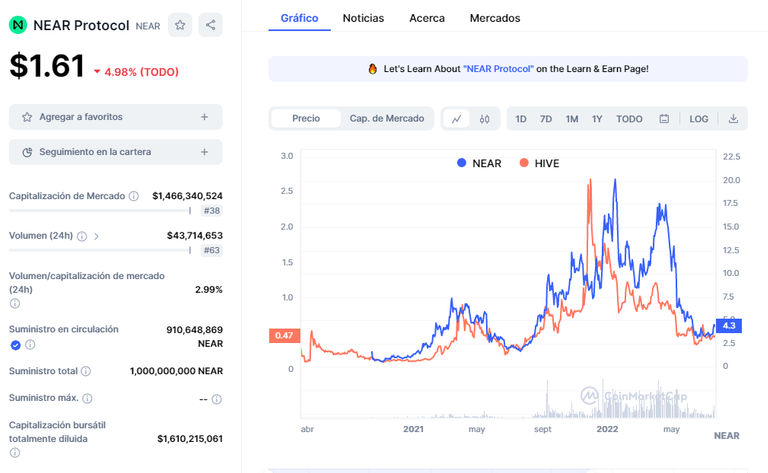Hi, lions! Today I took a dive on exploring blockchains, I actually went trough several until one caught my attention because of it's system, and because I was able to understand the explanations and want to share them with you. This Blockchain is called Near Protocol.
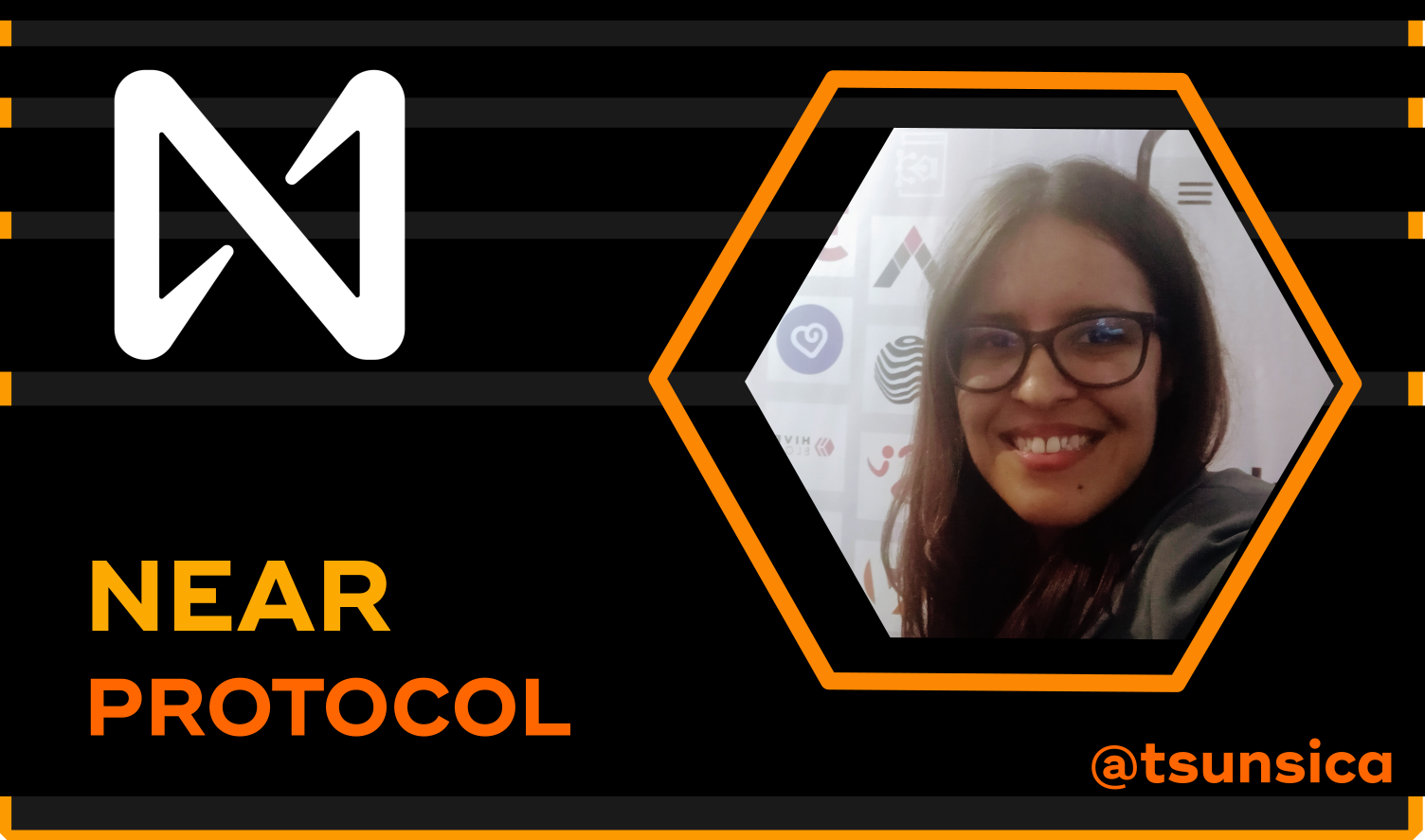
Is a Blockchain with some characteristics that are similar to Hive. Its founder was Erik Trautman and co-founders Illia Polosukhin and y Alexander Skidano. As they inform: "NEAR is a Layer 1 blockchain, meaning it is not dependent on other chains. It uses a unique scaling mechanism (Nightshade sharding) and makes it especially easy to onboard new users (e.g. through named accounts). It opens the door to mass adoption for Web3" Source. It is an independent chain, with wallet IDs that can be read by a human, and are focused on making the access easy to the masses. It is also a platform to build Dapps; its main coding language is JavaScript, for developers to be able to program easily. It has also made an effort to be user friendly with an intuitive environment. Most blockchain are complicated for new users.

Near and their users
Near gives importance to the user, by focusing on their interests and user experience, informing prices to make it predictable, so they can seamlessly use the network. They also want the pricing system to allow for growth without affecting the user experience. That is why the designing is simple and to the point.
When it comes to run a validating node, they want it to be accessible, so they can guarantee a wide range of participants, and keep the network healthy by don't giving wealth and power to just a few users.

Account creation
Creating an account just requires email and an ID, but it also asks to activate "Google Hello" which is something I haven'e even seen before, and I don't like that pop-ups appear in process like this because they have been a great tool for phishing.
Also, only the account set up for registry can create short name accounts, those other accounts can create the users accounts. For instance. near is the main account, so users accounts on the mainnet are called username.near, tsunsica.near for example; and there are other accounts that can do the same.
Then sub-accounts can be created, for example I could create college.tsunsica.near, or fun.tsunsica.near. The name of the mother account becomes the domains of the sub-accounts. And it can keep going.
All of them are independent, since they don't share keys, so the mother account can't control the sub account.
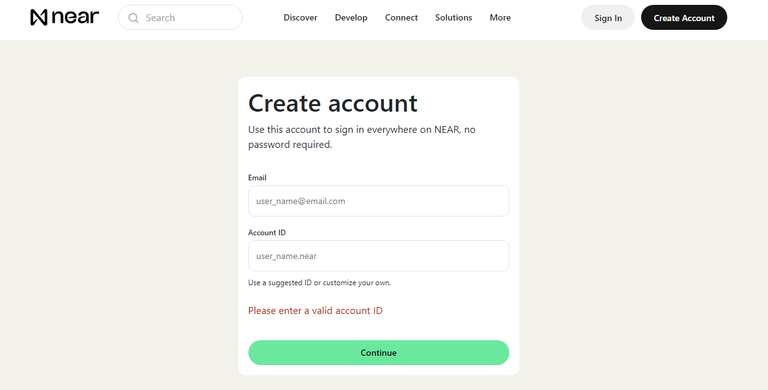
Near Token
It was pretty interesting to see on Coinmarketcap that, even though the prices are not the same, the behavior of both $Hive and $Near has been similar in some points of the timeline.
It's total supply is one thousand millions of tokens, that are distributed as follows:
17.2% - Community Grants
11.4% - Operating Grants
10% - Foundation Endowment
11.7% - Early Ecosystem
14% - Core Partners
17.6% - Venture Sponsors
6.1% - Small Sponsors
12% - Community Sales
The tokens have similar uses as Hive, as a reward system and as a governance system. It's available on Binance, Huobi Global, Mandala Exchange, FTX an OKEx.
Its current value is $1.65 with a recent increase of 0.63%. It has a market capitalization of $1,502,095,516 and currently ranking #37 of all 10k coins on Coinmarketcap.
How Near works
- Nightshade sharding
The way Near scalates is horizontally, meaning each new validator improve the computing power. It's a variation of the sharding method, it works dividing the information for a block in chunks that are validated in a first round, and then the block is validated in a second round, allowing transactions to be processed in a short period of time while double checking the information before closing the block, that takes about a minute to fill.
In the Nightshade system each block is composed by several shard chunks that then get to a single block validator. Both steps have their own pool of validators. On top of that, there are hidden validators that are not showed in the blockchain to make harder to perform an attack, not knowing this hidden validator, and not knowing the amount of hidden validators needed to sign a block, since it is set randomly.
And to add one more layer of security, they have the figure of a "Fisherman" a third party that check for malicious or invalid chunks, making an attack too complicated to perform. Since it is now in the thousands of validators per day, it is a large number of nodes to corrupt to perform a successful attack.
- Doomslug
With Doomslug, Near reduces the time of the operations while maintaining the security, this is achieved by a first round of "Practical Finality" where the transactions are executed in a first round of communication, but become irreversible in a second round, that allows to have speed and reduce latency, while still being able to check for any malicious transactions. The information to connect with the next block is produced on the second round, and it is passed to the next responsive block.
- Thresholded Proof of Stake
This system differs from the DPoS in the number of participants that can participate signing blocks. The user that aspire to be Witness do a transaction indicating the amount they want to stake and it gets locked until all witness requests are collected and processed, and the price per seats is established and are distributed based on the amount staked. As they indicate "In our case, we want a large pool of participants (we call them “witnesses”) to be elected to make decisions during a specific interval of time (we default to one day). Each interval is split into a large number of block slots (we default to 1440 slots, one every minute) with a reasonably large number of witnesses per each block (default to 1024). With these defaults, we end up needing to fill 1,474,560 individual witness seats." Source
The blocks take 1 minute, while Hive for example takes seconds, but using the Nightshade sharding they still can get a large amount of transactions per second. With this system they are able to keep scalating and growing the ground for new Dapps in a continuous way.
This approach eliminates the need for a pool reward since the rewards are already set to a specific value directly related to the stake / number of seats.

Locked accounts
This has applications as for example, when a smart contract is running and the integrity can be assured by allowing it to work on its own without the interference of the creator, and guaranteeing it by removing all keys from the account. This allows for smart contract do transactions following the rules of its own code. Source

Use Cases
It is a NFT market that values quality over quantity, allowing only themed collections to be uploaded. It has very low fees, making it a great experience for creators and users or collectors. The NTF are based on trading cards, and the users that hunt and buy the rarest ones are considered Apex Collectors.
Ner Zombies Is a game where the users create a NFT and go though the program learning code and other information related to developing in Near. It also has the feature to Learn to Earn, in which you can get rewards while learning.
Near has several decentralized exchanges, for example: Ref Finance, Aurora, Mango Markets, and Rainbow Bridge.
Near has over 750 active projects and 150 DAOs.
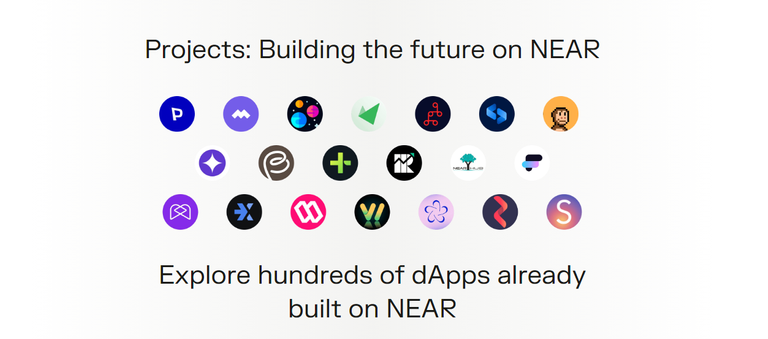
Near vs Hive
Differences: Near has gas fees, while Hive has Resource Credit.
Near allow for an independent key change while in Hive you change the whole set of keys. It has a Thresholded Proof of Stake while Hive has a Delegated Proof of Stake. In Near the validators rotate on the whole pool while on Hive there are 21 validators per block and 20 stay the same while 1 is rotated each block. Hive is community driven, its focus is on social media applications, while Near is more focused on being developer friendly and interoperable, meaning, developers can create Decentralized Applications that interact with other blockchains.
Similarities: Readable wallet names. Multiple Keys with different permission. Recovery using a third party to trigger it. Allows for the developing of Dapps. Both are scalable in a different way. Even if the focus is on different areas, both blockchains allow for interoperability and have active communities. Both are pretty strong when it comes to game developments and NTF markets within those games.
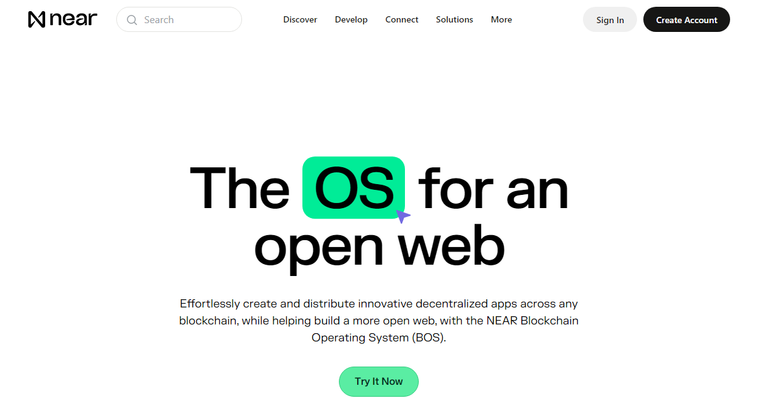
Over all, Near is a fast blockchain with a gran scalability potential. Great for interoperable Dapps. It's very similar to Hive in some instances, however its systems allows for a bigger participation of node validators in the consensus an rewards. The gas fees are supposed to be low and make it easier for developers, however, they are not zero as happens on Hive. There are some aspects that are worth learning from, while appreciating the difference that make Hive more accessible to most of us.
I hope you like this!

Espero les haya gustado, hasta la próxima publicación
Hope you liked it, until the next time
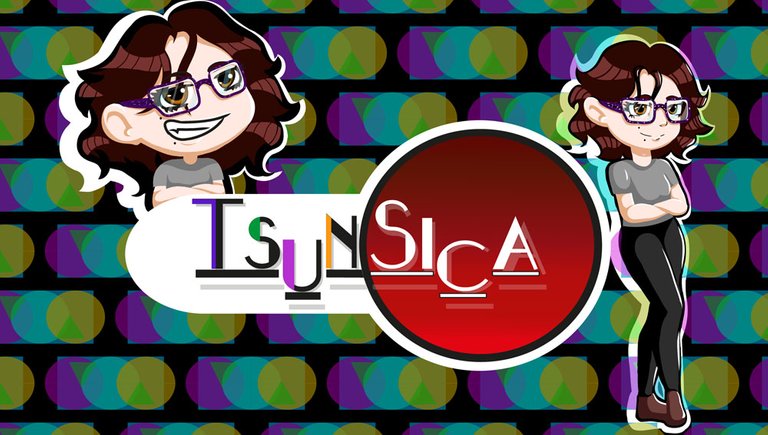
Designed by @jes.seth
 |  |  |  |
|---|
Designed by @pashinni
Posted Using LeoFinance Alpha
